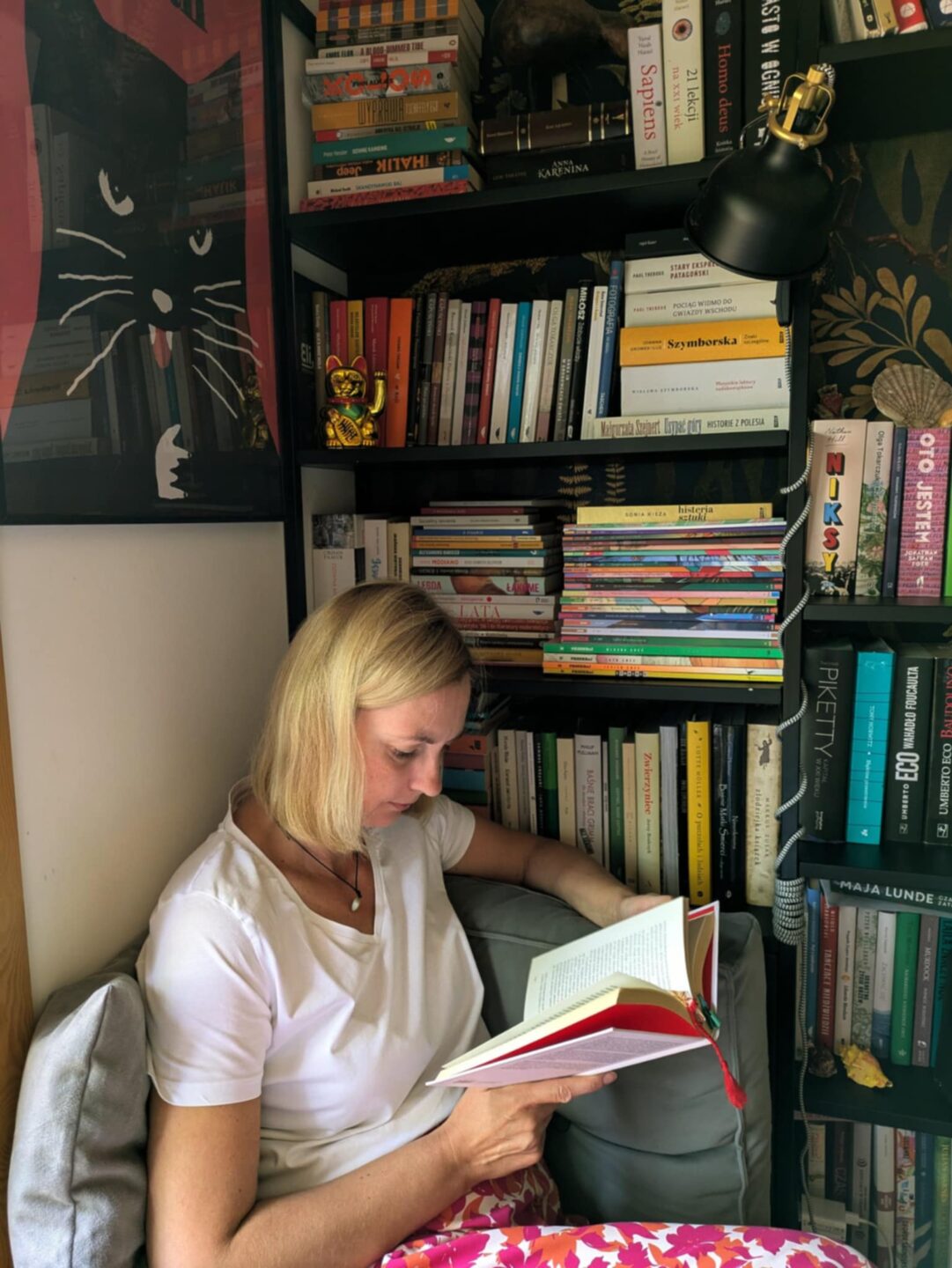Media Diet

Image courtesy of PG-K
A series exploring the media “input” of a group of people — our commercial semiotician colleagues, from around the world — whose “output” we admire.
Warsaw…
SEMIOVOX
What work of nonfiction (old or new) would you recommend to someone trying to make sense of today’s world?
PAULINA GOCH-KENAWY
Recently I read Doppelganger by Naomi Klein, and I’d like to share a few thoughts. The book vividly shows how our reality is coming apart, spilling over into both the world and our psyche through a distorted way of processing information — building knowledge and drawing conclusions not from facts, but from speculation, fiction, conspiracy theories, and fake news.
Klein tells a fascinating story about how the use of the same concepts has been repurposed to construct a parallel reality — one where familiar terms are filled with entirely different meanings. To illustrate this, she uses the metaphor of the doppelganger.
At the core lies the idea that traditional reasoning, grounded in scientifically proven and socially agreed-upon facts, has been displaced by belief systems that selectively choose facts to legitimize themselves. This creates a mirror image of a “rational” reality: on the surface everything seems to align, yet we sense a subtle distortion and manipulation that is difficult to undo.
SEMIOVOX
What music do you listen to during a typical day?
PAULINA GOCH-KENAWY
Browsing through dozens of pages, following the trails set by projects, themes, or client requests often leaves me overstimulated — that’s why music helps me pause and ground myself. I look for calm sounds, often Polish music that feels close to me sentimentally (like Myslovitz), or songs whose lyrics really speak to me (Daria ze Śląska, Kaśka Sochacka). For me, sound is only half of the equation — often the words matter even more. Together, they can open up entirely new worlds of stories.
And that’s the second role music plays in my life: it becomes the backdrop for my writing, helping me capture the mood and rhythm of the narratives I create. In this sense, I try to build personal soundtracks that support whatever I’m working on at the moment.
SEMIOVOX
What are your reading habits?
PAULINA GOCH-KENAWY
I’m almost ashamed to admit it, but I’m a restless reader. I have to keep myself in check and stay disciplined just to finish a book. I slip from one state of enchantment into another, sometimes several times a day, opening yet another volume.
In the mornings, I read social and literary magazines — following what people are saying, how they argue, sometimes diving into long articles or essays.
During the day, I hop between online texts, chasing intriguing topics, catchy headlines, collecting news, images, and sometimes just words.
Afternoons and evenings are for deeper reading — examining the construction of sentences, the structure of a novel, or simply immersing myself in long stories that demand time and slowly draw me in.
MEDIA DIET: GIANLLUCA SIMI (Brazil) | HIBATO BEN AHMED (France) | MARIE LENA TUPOT (USA) | EUGENE GORNY (Thailand) | YOGI HENDLIN (Netherlands / USA) | INKA CROSSWAITE (Germany / South Africa) | SÓNIA MARQUES (Portugal) | ĽUDMILA LACKOVÁ BENNETT (Czechia) | BRIAN KHUMALO (USA / South Africa) | JIAKUN WANG (Shanghai) | FRANCISCO HAUSS (China / Mexico) | ASHLEY MAURITZEN (England) | STEFANIA GOGNA (Italy) | BECKS COLLINS (England) | ANTJE WEISSENBORN (Germany) | MARIANE CARA (Brazil) | MARTHA ARANGO (Sweden) | PAULINA GOCH-KENAWY (Poland) | COCO WU (Singapore / China) | JOSH GLENN (USA) | JENNIFER VASILACHE (Switzerland) | ANDREA BASUNTI (England) | SARAH JOHNSON (Canada) | MARIA PAPANTHYMOU (Greece) | VICTORIA GERSTMAN (Scotland).
Also see these global semio series: MAKING SENSE (Q&As) | SEMIOFEST SESSIONS (monthly mini-conferences) | COVID CODES | SEMIO OBJECTS | COLOR CODEX | DECODER (fictional semioticians) | CASE FILE | PHOTO OP | MEDIA DIET | TATTOO YOU (semioticians’ tattoos).

